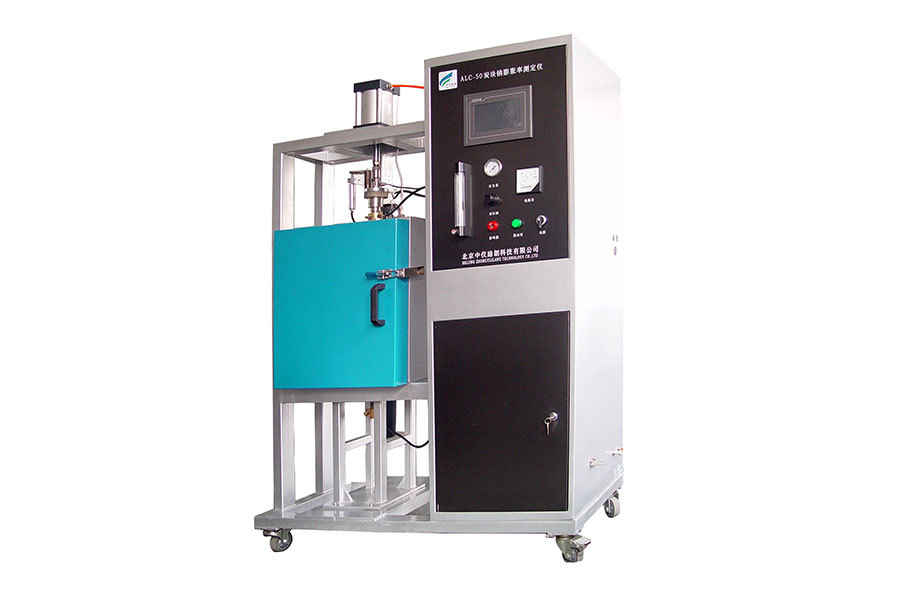Understanding the Essential Physical Properties of Petroleum Coke: A Comprehensive Guide
Jul 31,2025

Understanding the Essential Physical Properties of Petroleum Coke
Table of Contents
- 1. Introduction to Petroleum Coke
- 2. What is Petroleum Coke?
- 3. Chemical Composition of Petroleum Coke
- 4. Key Physical Properties of Petroleum Coke
- 5. Thermal Properties and Their Importance
- 6. Mechanical Properties and Applications
- 7. The Role of Petroleum Coke in Industry
- 8. Environmental Considerations
- 9. Conclusion
- 10. FAQs
1. Introduction to Petroleum Coke
Petroleum coke, often referred to as petcoke, is a carbonaceous solid derived from the oil refining process. As a byproduct of crude oil distillation, it is predominantly used in various industries due to its unique physical properties. Understanding these properties is essential for industries relying on petcoke for production processes, energy generation, and more.
2. What is Petroleum Coke?
Petroleum coke is a dense, carbon-rich material that forms during the thermal cracking of hydrocarbons. The process involves heating crude oil to high temperatures, resulting in the formation of lighter oils and various byproducts, including petcoke. It exists in two primary forms: green petcoke, which is unprocessed, and calcined petcoke, which is subjected to further heating to increase its carbon content and decrease impurities.
3. Chemical Composition of Petroleum Coke
The chemical makeup of petroleum coke largely depends on the source of crude oil and the refining process. Typically, petcoke consists of:
- **Carbon (C)**: Constituting around 80-90% of its composition, carbon is the primary element responsible for the energy content of petcoke.
- **Hydrogen (H)**: Present in smaller quantities, hydrogen contributes to the material's overall energy density.
- **Sulfur (S)**: The sulfur content can vary significantly; it’s a critical factor because it affects emissions during combustion.
- **Trace Elements**: Includes metals like vanadium, nickel, and arsenic, which have implications for both processing and environmental impact.
Understanding this composition is vital for predicting how petcoke will perform in various applications.
4. Key Physical Properties of Petroleum Coke
The physical properties of petroleum coke are pivotal in determining its usability across different sectors. Key properties include:
4.1 Density
The density of petroleum coke typically ranges from 1.0 to 1.5 g/cm³. This property is critical as it influences the material's handling, storage, and transportation.
4.2 Porosity
Porosity reflects the amount of void space within the petcoke structure, which affects its reactivity and thermal conductivity. Porosity levels in petcoke can range from 10% to 30%, depending on its processing.
4.3 Particle Size and Distribution
The size and distribution of petcoke particles are essential for its application in various industries. Smaller particles are often required in industries like cement manufacturing, while larger sizes may be preferable for fuel applications.
4.4 Hardness
Petroleum coke exhibits high hardness, making it suitable for applications that require abrasion resistance. The Mohs hardness scale rates petcoke at around 2-3, indicating its robust nature.
5. Thermal Properties and Their Importance
The thermal properties of petroleum coke are crucial in applications involving combustion and energy generation.
5.1 Calorific Value
The calorific value of petcoke typically ranges from 25 to 35 MJ/kg, making it a high-energy fuel source. This characteristic is significant for power generation and industrial heating applications.
5.2 Thermal Conductivity
Thermal conductivity affects how efficiently petroleum coke can transfer heat during combustion. Higher thermal conductivity ensures more efficient energy use, reducing operational costs in industrial applications.
6. Mechanical Properties and Applications
The mechanical properties of petroleum coke significantly influence its applications across various industries.
6.1 Compressive Strength
Petroleum coke demonstrates impressive compressive strength, making it a preferred material in manufacturing applications, such as the production of anodes for aluminum smelting.
6.2 Flexural Strength
Flexural strength determines how well petcoke can withstand bending forces, a critical factor in applications like construction materials.
7. The Role of Petroleum Coke in Industry
Petroleum coke is employed in several industries due to its beneficial properties.
7.1 Energy Production
As a high-calorific fuel, petroleum coke is extensively used in power plants, particularly in cement kilns and industrial furnaces, where it serves as a cost-effective energy source.
7.2 Manufacturing of Anodes
In aluminum production, calcined petroleum coke is used to create anodes. These anodes are essential for the electrolysis process, enabling aluminum extraction from its ore.
7.3 Chemical Industry Applications
Petcoke serves as a feedstock in chemical manufacturing, facilitating the production of various chemicals and materials, including carbon black and graphite.
8. Environmental Considerations
While petroleum coke offers numerous industrial benefits, its environmental implications cannot be overlooked.
8.1 Emissions and Regulations
The combustion of petroleum coke releases greenhouse gases and other pollutants, necessitating strict adherence to environmental regulations. Industries must implement measures to minimize emissions and ensure compliance.
8.2 Sustainable Alternatives
As the world shifts towards sustainability, industries are exploring alternatives to petroleum coke. Renewable energy sources and greener materials are gaining attention to mitigate the environmental impact.
9. Conclusion
Understanding the essential physical properties of petroleum coke is vital for its effective utilization in various industries. From its chemical composition to its mechanical and thermal properties, every aspect contributes to its role as a key material in energy production, manufacturing, and chemical processes. As industries navigate the complexities of environmental regulations, the focus on sustainable practices will shape the future of petroleum coke usage. Embracing innovation and exploring alternative materials may lead to a cleaner, more sustainable approach to harnessing the energy and capabilities of this versatile substance.
10. FAQs
10.1 What is the primary use of petroleum coke?
The primary use of petroleum coke is as a fuel source in power generation and as a feedstock in the production of aluminum anodes and other industrial materials.
10.2 How does the sulfur content in petroleum coke affect its application?
Higher sulfur content can lead to increased emissions during combustion, impacting environmental compliance. Therefore, industries often seek low-sulfur petroleum coke for cleaner operations.
10.3 Can petroleum coke be used as a substitute for coal?
Yes, petroleum coke can be used as a substitute for coal in certain applications, particularly in cement kilns and industrial furnaces, due to its high calorific value.
10.4 What are the environmental impacts of using petroleum coke?
The combustion of petroleum coke can release greenhouse gases and pollutants, necessitating regulatory compliance and emissions control measures.
10.5 How does calcined petroleum coke differ from green petroleum coke?
Calcined petroleum coke is subjected to high-temperature processing to increase its carbon content and reduce impurities, making it more suitable for specific applications, such as aluminum production.
This article serves as a detailed exploration of petroleum coke, emphasizing its physical properties, applications, and environmental considerations, providing valuable insights for industry professionals and stakeholders.
PREVIOUS:
Contact Us








